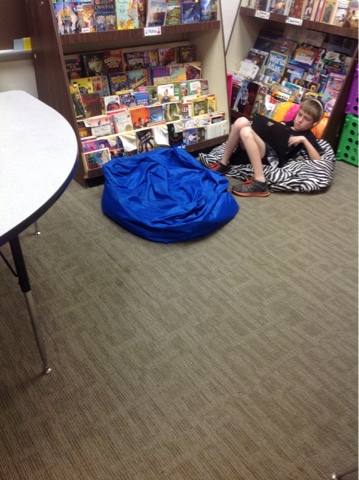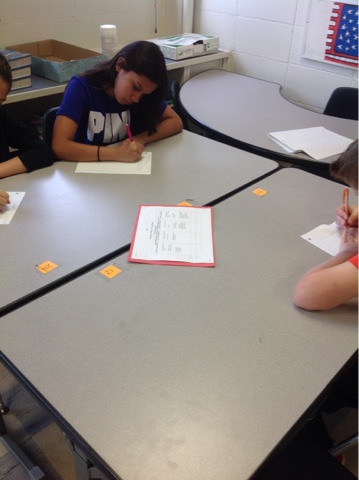Today, I got the opportunity to visit elementary schools in Affton, Webster Groves, and Brentwood as we look to make instructional space decisions for Dressel. Not only was it interesting to feel the variance in tone and culture within these 4 buildings, but it was also enlightening to see the merge of instruction and space. I watched inspiration take place and felt inspired by what I saw.
The reality is that our classroom space is a reflection of our learning processes and vice versa. Below are just a few examples of how student choice and authenticity are visible within classroom space.
Music Stations: In this primary music class, gone are the whole class methods of teaching, and in their place are mini-lessons of skills with application in student choice stations.
 |
| Applying understanding of notes using instruments. |
 |
| Listening to music and interpreting it through art. |
 |
| Composing music through understanding of musical content. |


 |
| Practicing rhythm through bouncing a ball to the music within provided space. |
Art Studio: Students within this class engage in artistic behaviors, choosing their preferred medium while still mastering art concepts that traverse the content.
Here's a great link to a short article that can get you thinking about your own comfort with innovation: http://georgecouros.ca/blog/archives/6277.
















































